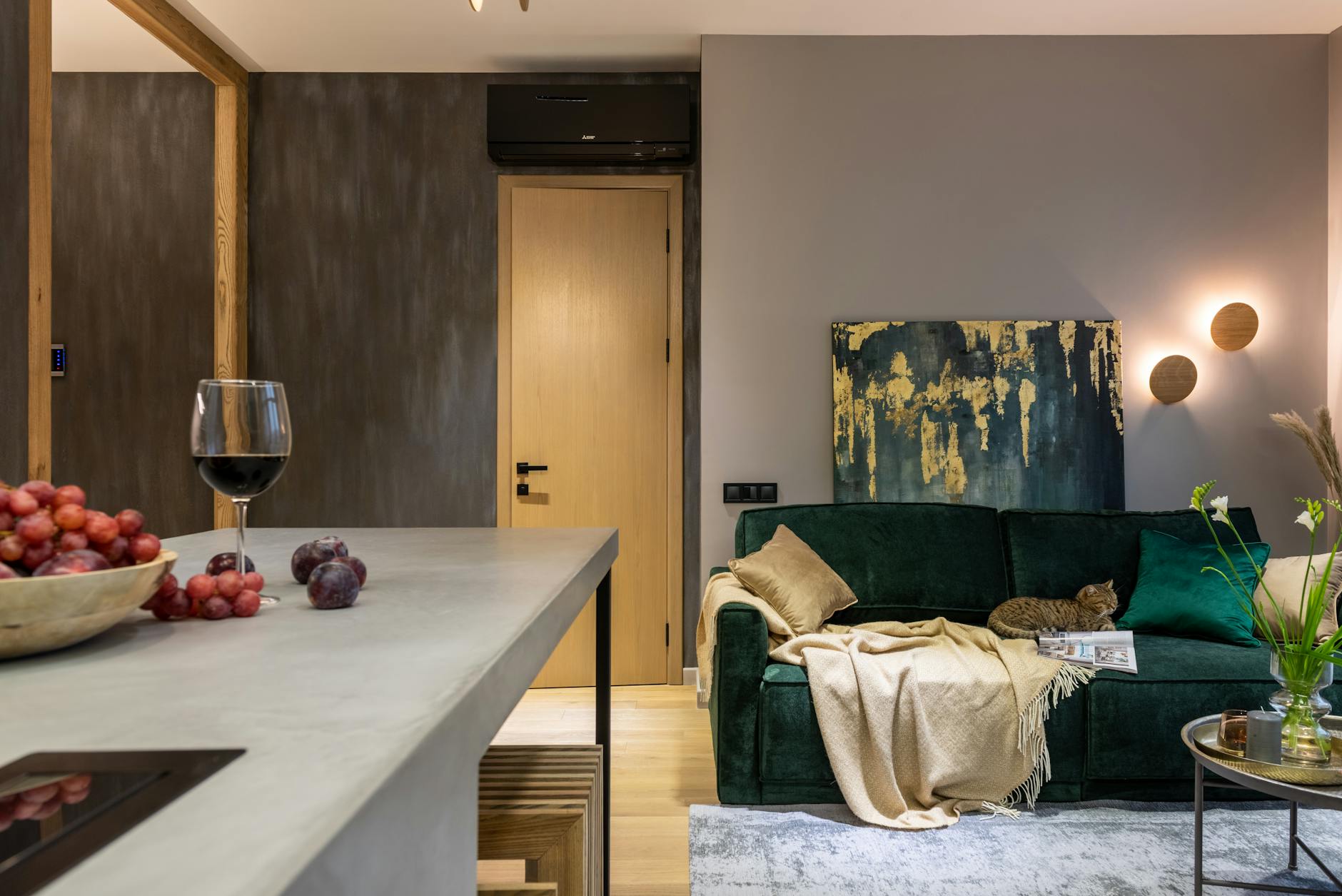Welcome to the illuminating world of indoor LED lights! They’ve revolutionized home lighting, offering energy efficiency, longevity, and a stunning array of options. Let’s explore what makes them so great.
Understanding LED Technology
LED, or Light Emitting Diode, technology is based on semiconductors that produce light when electricity passes through them. Unlike incandescent bulbs that waste energy as heat, LEDs convert almost all electricity into light, resulting in significant energy savings. 
Energy Efficiency and Cost Savings
One of the most compelling reasons to switch to indoor LED lights is their exceptional energy efficiency. They use up to 80% less energy than traditional incandescent bulbs, leading to lower electricity bills and a smaller carbon footprint. You can even explore government rebates for energy-efficient upgrades! Learn more about rebates here.
Brightness, Color Temperature, and CRI
LEDs are available in a wide range of brightness levels (measured in lumens), color temperatures (measured in Kelvin), and Color Rendering Index (CRI). Understanding these factors is key to selecting the perfect light for your needs. A higher CRI indicates more accurate color representation. Learn more about choosing the right color temperature.
Types of Indoor LED Lights
From sleek downlights to ambient strip lighting, the variety is vast. Popular choices include: LED bulbs (screw-in replacements), LED panels (slim and energy efficient), LED strip lights (versatile and customizable), and LED spotlights (directional and accent lighting). [IMAGE_2_HERE]
Smart Features and Integration
Many modern LED lights offer smart features, allowing you to control brightness, color, and even scheduling via smartphone apps or voice assistants. This level of control opens up exciting possibilities for home automation. Explore smart lighting options here.
Installation and Maintenance
Installing most indoor LED lights is straightforward. Simply replace your existing bulbs or follow the manufacturer’s instructions for more complex fixtures. LEDs are also exceptionally low-maintenance; their long lifespan (25,000 hours or more) means fewer replacements. Check out our installation guide.
Finding the Right LED Lights for Your Home
Consider the purpose of the lighting, the desired ambiance, and the overall aesthetic of your space. Do you need bright task lighting in your kitchen? Or soft, warm light in your living room? [IMAGE_3_HERE] The right choice depends entirely on your individual needs and preferences. Browse our selection of lighting styles.
Choosing a Reputable Brand
Investing in high-quality LEDs from reputable brands ensures longevity and optimal performance. Always check customer reviews before purchasing to avoid potential issues. See our top-rated brand recommendations.
In conclusion, upgrading to indoor LED lighting is a smart move for both your wallet and the environment. The variety, energy efficiency, and long lifespan of LEDs make them an excellent lighting solution for any home.
Frequently Asked Questions
What is the lifespan of an LED light bulb? LEDs typically last for 25,000 hours or more, significantly longer than incandescent or CFL bulbs.
Are LED lights dimmable? Many LED lights are dimmable, but it’s essential to check the packaging to ensure compatibility with your dimmer switch.
How much money can I save by switching to LEDs? Savings vary depending on usage, but you can expect to reduce your energy bills by 70-80% compared to incandescent bulbs.
Are LEDs safe to use? LEDs are generally safe, emitting very little heat and not containing hazardous materials like mercury (unlike CFLs).
Can I use LED lights in any type of fixture? LED lights are designed for various fixtures; however, make sure the bulb’s base (e.g., E26, E14) is compatible with your fixture.




